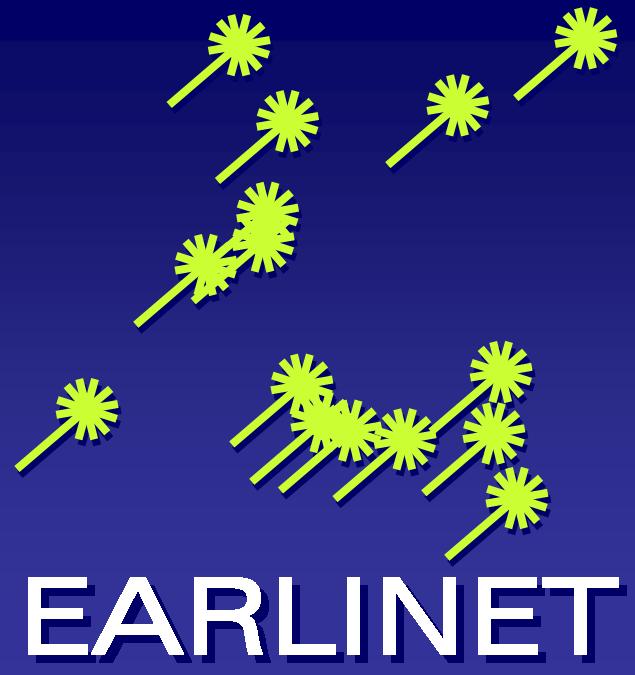docs/data_processing/uploading_ancillary.rst@ae93ea881019
docs/data_processing/uploading_ancillary.rst
Sun, 23 Oct 2016 23:12:51 +0300
- author
- Iannis <ulalume3@yahoo.com>
- date
- Sun, 23 Oct 2016 23:12:51 +0300
- changeset 67
- ae93ea881019
- parent 49
- 815fe2598c15
- permissions
- -rw-r--r--
Depolarization draft docs.
.. _uploading_ancillary: Ancillary files =============== Together with your measurement data, you can submit ancillary files that will be used in the processing procedure. The files that are currently supported are **sounding files**, **overlap files**, and **lidar ratio files**. These files can be submitted either together with a measurement, using the "Quick upload" form, or on their own, using the "Upload ancillary" form. Both methods are equivalent and will not affect which files is used for processing your measurements. The file that will be used are defined in the *measurement file* using the appropriate attributes as described in the :ref:`netcdf_file` section. If one of your measurements requires ancillary files for its processing, the actual processing of the data will start only after all the required files have been uploaded. The files that are missing will appear in the ancillary file list with "Missing" status. When all these files have been uploaded the processing of the measurement will start automatically. Upload ancillary ---------------- In the "Upload ancillary" form you need to specify to submit at least one ancillary file. Form fields ~~~~~~~~~~~ Station (Required) You need to specify the EARLINET station that is related to this file. In most cases you will just have to select your station. Sounding file (Optional) In this optional field you can submit a sounding file that will be used by your measurements in the processing. The file needs to follow the netCDF file format specified in the pdf file found in the :ref:`netcdf_file` section. The file you submit will not be necessarily connected with the submitted measurement; which sounding file will be used in the processing of each measurement is specified in the measurement's file. The file you upload will, nevertheless, remain on the SCC and will be used whenever needed. Overlap file (Optional) In this optional field you can submit a overlap file that will be used by your measurements in the processing. The file needs to follow the netCDF file format specified in the pdf file found in the :ref:`netcdf_file` section. The file you submit will not be necessarily connected with the submitted measurement; which overlap file will be used in the processing of each measurement is specified in the measurement's file. The file you upload will, nevertheless, remain on the SCC and will be used whenever needed. Lidar ratio file (Optional) In this optional field you can submit a lidar ratio file that will be used by your measurements in the processing. The file needs to follow the netCDF file format specified in the pdf file found in the :ref:`netcdf_file` section. The file you submit will not be necessarily connected with the submitted measurement; which lidar ratio file will be used in the processing of each measurement is specified in the measurement's file. The file you upload will, nevertheless, remain on the SCC and will be used whenever needed. Form Validation ~~~~~~~~~~~~~~~ The aim of form validation is to detect errors in your submitted data as early as possible. In this way you can save time by correcting errors before the processing of your data fails. When the files are submitted the following checks are performed: * At least one file needs to be submitted. * The submitted measurement file should have the correct netCDF format. All mandatory variables and attributes should be present in the file. All variables and attributes should have the correct type (float, integer, etc). * A file with the same filename should not exist in the SCC or, if it exists, it should have status "Missing" or "Error". If a file with the same filename exists, and its status is "OK" the submitted file is rejected. Browse ancillary files ---------------------- You can browse existing and missing ancillary files in the "Ancillary files" page of the Data processing sub menu. You can filter the results of the list using the **Filter** box above the form. The filter searches for matches in all columns of the table, i.e you can use it to filter the results by filename, stations, data, and status. You can view more information about the ancillary file following the link on the name of the file. .. _ancillary_details: View ancillary file details --------------------------- In the ancillary file status page you can view more detailed information about the selected file. The following info are provided. Status The status of the file can have three values. **Ok** means that the file has been uploaded successfully and is ready to be used in the processing. **Missing** status means that one or more of the submitted measurements have requested this file, but the file has not been submitted yet. An **Error** status indicates that the file has been submitted but there was an error while reading its content; you will need to correct its content and resubmit the file. Interpolation This indicates the interpolation type that will be used on the content of the ancillary file. You can change the interpolation type in the admin section following the "Edit in admin" link in the File actions sub menu. The algorithms currently implemented are "Linear interpolation" and "Natural Cubic Spline". If no value is selected the natural cubic spline algorithm will be used. Station The EARLINET station that is the related to this ancillary file Submitted on The date and time that the file was submitted. If the file is missing, but is required by an uploaded measurement, this date indicated the date and time of the measurement upload. At the bottom part of the page you can see a list of **Related measurements**. These are measurements that use the specific ancillary file for their processing.

